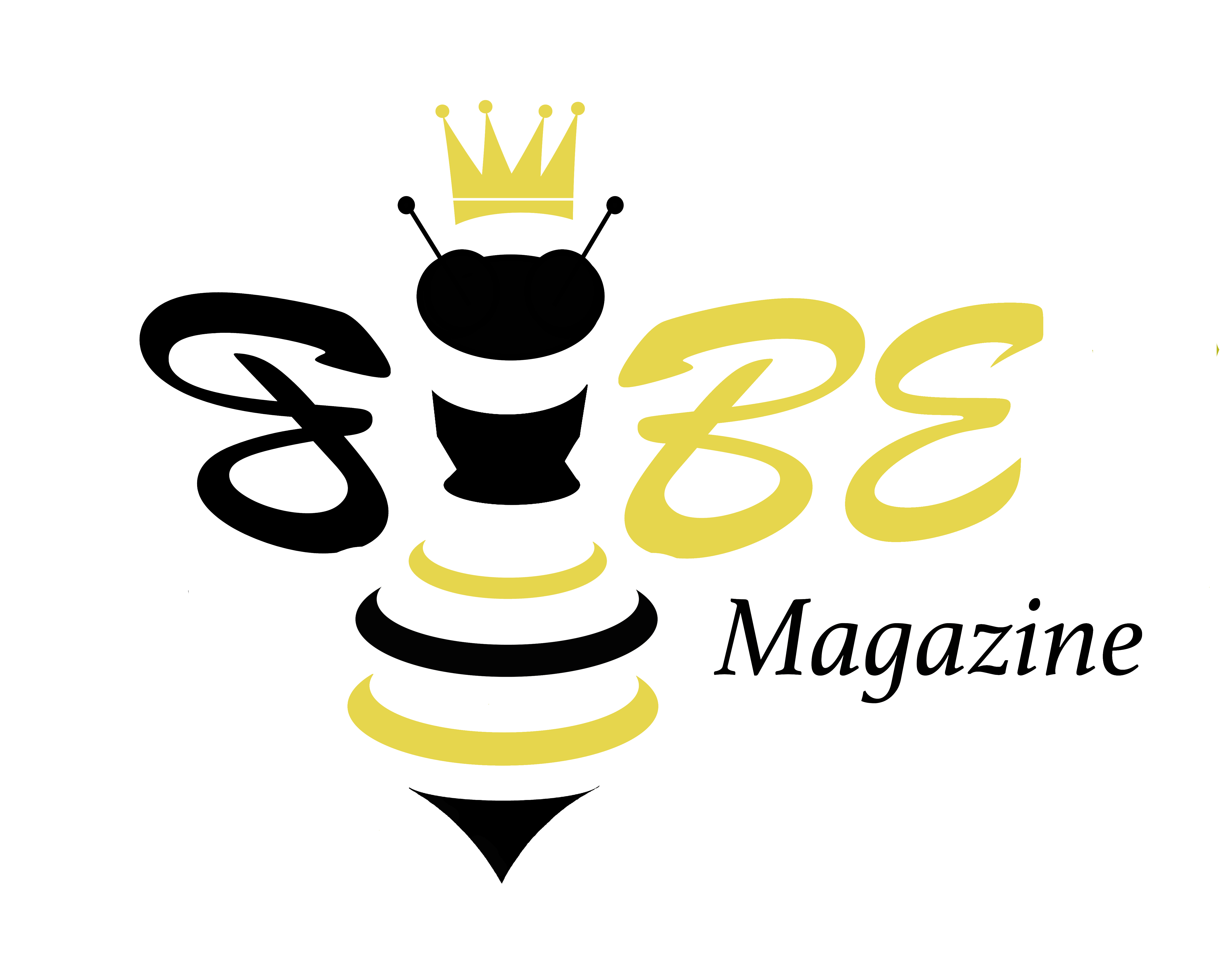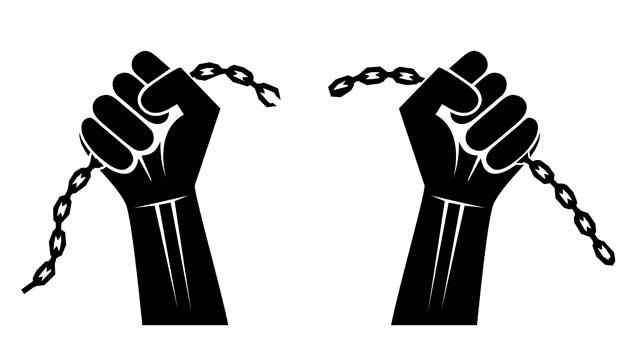By: Liann Herwerden
There are about 40.3 million people living in slavery today. Human trafficking is the second largest criminal enterprise in the world with a rate of growth that supersedes that of both arms and drug trafficking. This past summer, I attended an anti-human trafficking training with the organization She Has a Name in order to further my education and acquire more tools to become an ally and abolitionist. This issue is deeply complex and multi-faceted—human trafficking can take on many different forms. While I can only scratch the surface, my goal is to open up a dialogue, plant seeds, and raise awareness through what I am able to share.
The United Nations Office on Drugs and Crime defines human trafficking as “recruitment, transportation, transfer, harboring or receipt of persons, by means of the threat or use of force or other forms of coercion… for the purpose of exploitation” (https://www.unodc.org/unodc/en/human-trafficking/what-is-human-trafficking.html). Human traffickers target those who are vulnerable, looking for stable jobs, education, or loving relationships. Most importantly, human trafficking spans all demographics and violates basic human rights commonly seen in the forms of labor trafficking and sex trafficking. Labor trafficking is forced labor on the grounds of coercion and/or deception in which the victim does not have the freedom to leave. These individuals are largely women and children who work in inhumane conditions receiving little to no compensation. Sex trafficking is defined as individuals who are trapped in the commercial sex industry under force, fraud, or coercion or are under the age of 18. While there are people who willingly take part in commercial sex acts (pornography creation or stripping) and find it empowering, there are countless victims of exploitation, and the difference can be difficult to determine. However, in the United States alone, 70% of women in prostitution reported physical violence according to a 2016 report from the International Labor Organization.
Human trafficking is an industry that thrives on the vulnerability of victims and the ability to meet unfulfilled needs of the targeted victims along with the lack of education on the buyers’ end. For example, demand drives supply—viewers of pornography support the creation and distribution and may not realize the scale and implications of the business as a whole. Another example of a major culprit of human trafficking is the fast fashion industry. In order to produce large quantities of readily available trendy clothing items at affordable prices, many fast fashion brands turn to unethical sources of human labor. Again, these brands take advantage of the lack of education the majority of buyers possess.
Now that I’ve started actively seeking information regarding human trafficking, I am also searching for ways I can be an abolitionist against modern slavery. At first, I was incredibly intimidated; where do I begin? How can what I do make a difference? Dedicating my life to seeking justice and fighting for it sounds overwhelming, so I started with small steps that I can realistically sustain and incorporate into my lifestyle. The most important way to become an ally for the cause is to talk. Raise awareness. Start the conversation. Seek further education. Contact your favorite clothing companies and ask about their labor practices. Next, become as conscious of a consumer as you can, taking note of where and how you shop. An app that I like to use to help me along the way is called Good on You. This app analyzes and rates different clothing brands based on the information the brand makes available in regards to ethics and sustainability. Ask yourself in the store, do I already have something I can use? Do I have a friend who does? Check a thrift store, first. Sarah Lazarovic has a “Buyerarchy of Needs” chart that is useful in this process. Lastly, if you feel passionate about this cause, get involved. Fortunately, Ohio (and Columbus more specifically) has increased efforts towards anti-human trafficking with different task forces, coalitions, and laws. Columbus is also home to a large network of anti-human trafficking organizations that provide ways to support victims and survivors by getting involved with street outreach, short term and long term housing, drop-in centers, or by supporting business that employ or aid survivors. There is so much more to the stories of these victims and survivors, but now we have a starting point.
Interested in getting involved?
Volunteer here:
She Has a Name www.shehasaname.org
Out of Darkness www.outofdarknesscolumbusoh.org
Reaching for the Shining Starz https://theshiningstarz.org
Shop here:
Girl Set Free www.girlsetfree.org
Eleventh Candle www.eleventhcandleco.com
The Roosevelt Coffeehouse www.rooseveltcoffee.org
Freedom a la Cart Catering www.freedomalacart.org
Watch this:
http://unchainedfashionshow.com
Read this:
https://polarisproject.org/human-trafficking/facts

